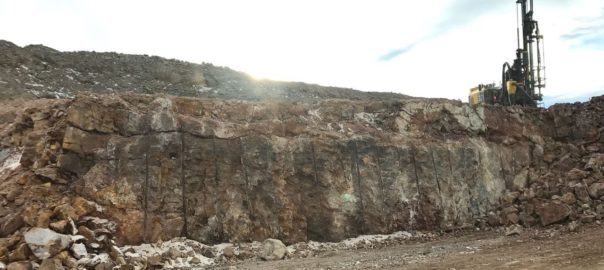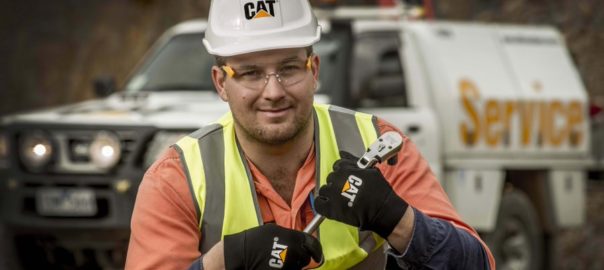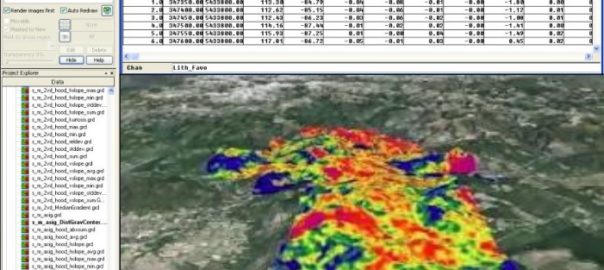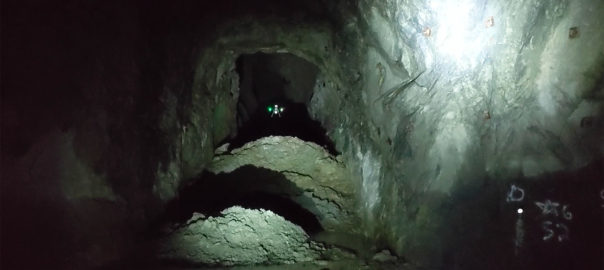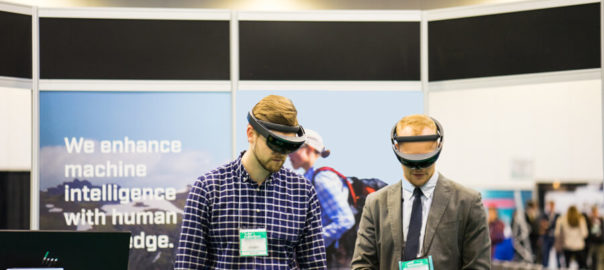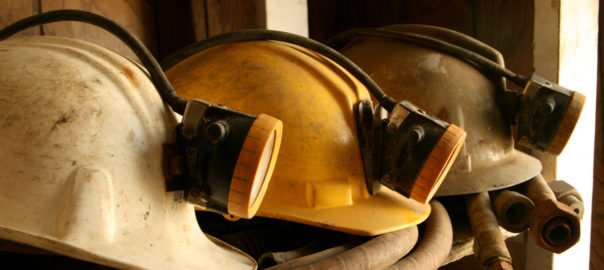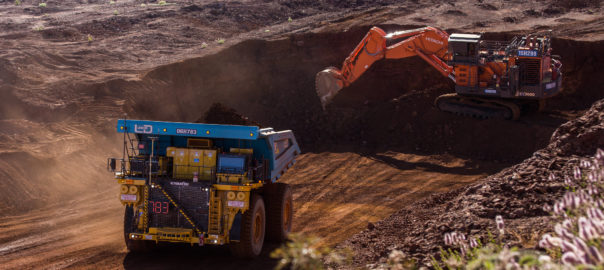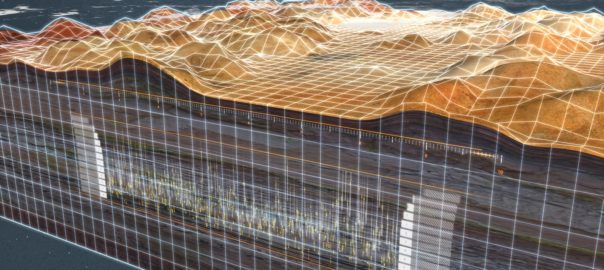Following recent successes at El Peñón, GoldSpot Discoveries Corp has been reengaged by Yamana Gold to use machine learning to identify new drilling targets at the Cerro Moro gold and silver mine, in Argentina.
Yamana has commissioned GoldSpot’s team of geologists and data scientists to examine its entire database and look for previously unrecognised data trends to identify areas of potential mineralisation at depth and on a regional scale, it said. By engaging GoldSpot, Yamana seeks to minimise exploration risk and mitigate exploration and drilling costs, the company added.
“GoldSpot will use its geoscience and machine science expertise to clean, unify and analyse exploration data from Yamana’s Cerro Moro mine and produce 2D and 3D targets for the exploration program,” GoldSpot said. “GoldSpot will also deliver new geophysical, geochemical and geological products produced through the reprocessing of the satellite images and other relevant layers which will help interpretations and mineralisation models.”
Denis Laviolette, Executive Chairman and President of GoldSpot, said the new contract with Yamana validates its work, thus far. “Yamana has been an incredible supporter of GoldSpot and we are proud to be a part of their digital transformation,” he said.
Henry Marsden, Senior Vice President, Exploration, at Yamana, said in February: “The collaborative AI process undertaken with GoldSpot has allowed Yamana’s exploration team to leverage many years of multidisciplinary exploration data and is playing a significant role in the current exploration targeting process at El Peñón. We are pleased with the progress that our partnership with GoldSpot has yielded so far and look forward to continued success.”







